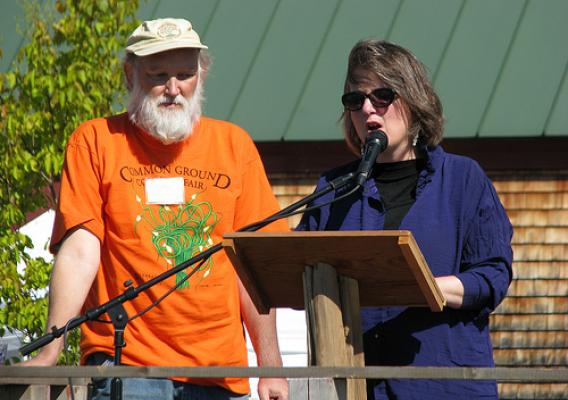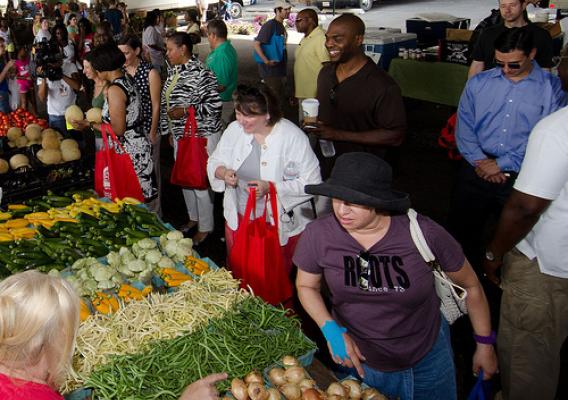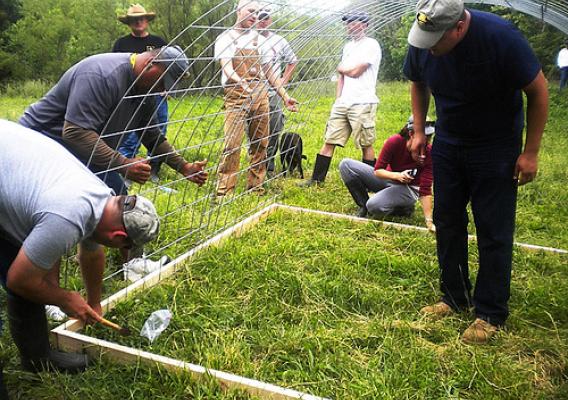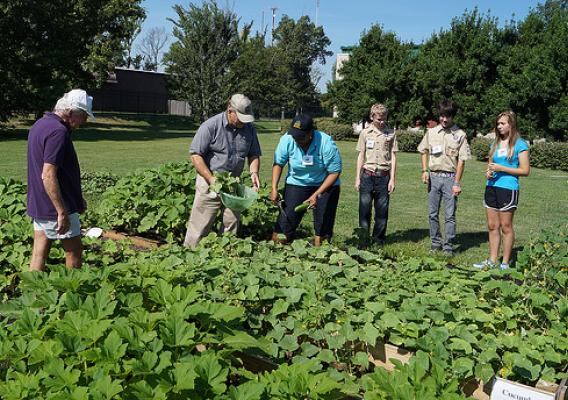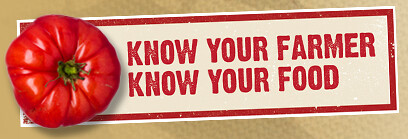An apple for the teacher? Yes, and the cafeteria too.
Classic images of eager children handing perfect apples to their teacher abound. In the idealized imagery, the apples are often shiny, red, and round. And if you are angling for a good grade, or really like your teacher, the apples are big. But in New Hampshire it was “school boy” apples, the small ones 2 – 3 inches in diameter, which launched an impressive farm to school program.
The New Hampshire Farm to School Program (NHFTS) was established in 2003 as a pilot program funded by the USDA’s Sustainable Agriculture Research & Education (SARE) program to introduce local apples and cider into New Hampshire K-12 schools.
“We really saw the small apples as an entry point for our farm to school program. Not many supermarkets or other vendors are interested in the smaller fruit, but they are the perfect size for schools,” said Elisabeth Farrell, Sustainability Program Manager of the Sustainability Institute at the University of New Hampshire.



